Nearly 200 DeepMind workers signed a letter urging Google to drop military contracts, fearing AI misuse and violations of the company’s own rules.



During the Cold War Era of the 1960s, Russian researchers were looking for ways to support the immune system in conditions running the gamut from cancer to bio-warfare agents. Eastern Europeans, with a cultural love of fermented milk products, logically looked to probiotics, or lactobacillus, for immune support because it was safe, cheap and effective.
A Bulgarian researcher and medical doctor, Dr. Ivan Bogdanov, researched lactobacillus bacteria in the 1960s. Bogdanov believed that specific strains of probiotics could have anti-tumor properties.
The doctor’s research team injected mice with a sarcoma cancer, then administered a crude mixture of cell fragments from a strain of Lactobacillus delbrukii. Bogdanov observed that the cancer disappeared within a few days. Subsequently, researchers attempted to re-grow cancer in the same mice, but without success — the mice seemed immune to the cancer cells.
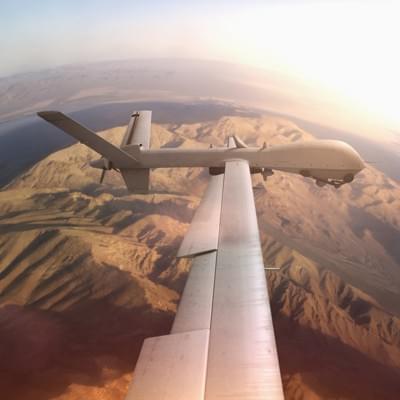
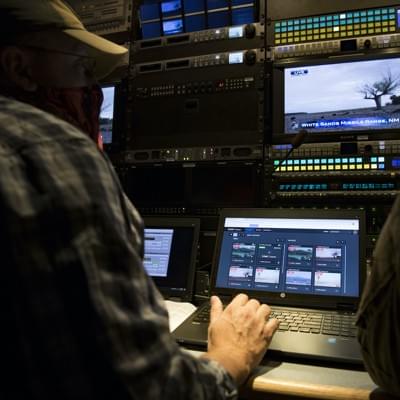
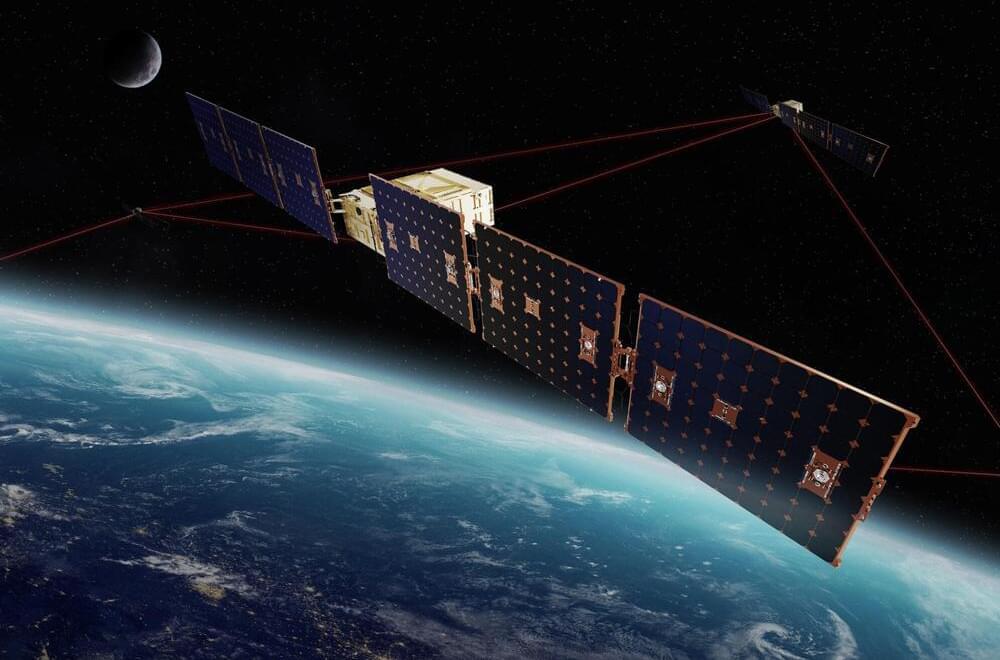
WASHINGTON — The Space Development Agency awarded contracts to Terran Orbital and York Space Systems to build and operate 10 satellites each for the military’s low Earth orbit communications network, the agency announced Aug. 16.
The contracts, valued at $254 million for Terran Orbital and $170 million for York Space, are for the final 20 satellites of SDA’s Tranche 2 Transport Layer Gamma program. Delivery is expected in the fourth quarter of fiscal year 2027.
These satellites will form part of the Proliferated Warfighter Space Architecture, a constellation of data relay and sensor satellites designed to provide global communications and missile detection capabilities.
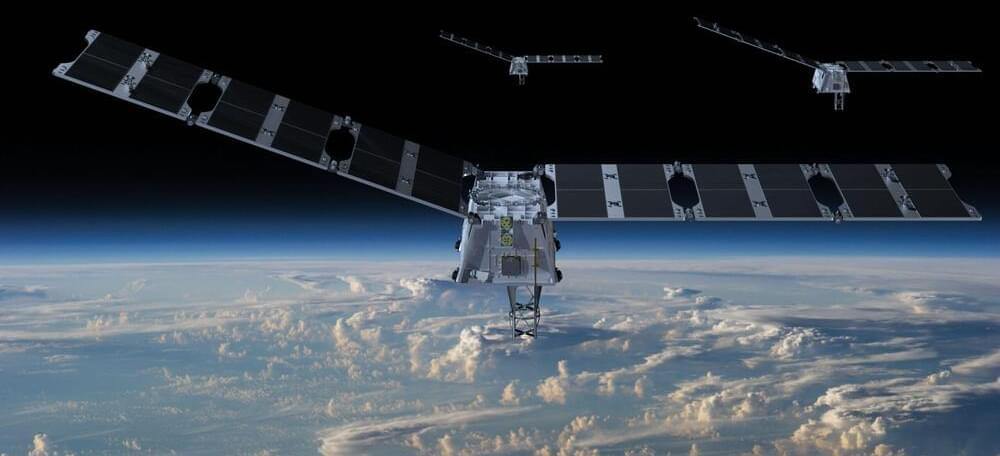
WASHINGTON — Aerospace and defense contractor Sierra Nevada Corporation (SNC) is set to expand its radio frequency (RF) satellite constellation, aiming to capture a larger share of the market for electronic emissions data.
The company launched its first four RF sensing cubesats last year, built by Spire, marking its entry into this increasingly competitive field. SNC is now gearing up for a significant expansion, with plans to deploy a network of 20 satellites over the next five years.
Chris Morgan, SNC’s vice president, told SpaceNews the company sees a rising demand in the military sector for RF data, which can provide critical intelligence on activities like GPS jamming and enemy movements. The RF sensing market, he said, is also driven by commercial applications.

Join our newsletter to get the latest military space news every Tuesday by veteran defense journalist Sandra Erwin. Get the newsletter By clicking submit, you agree to share your email address with the site owner to receive the newsletters. You can opt-out at any time. Processing… Success! You’re on the list. Whoops! There was an error and we couldn’t process your subscription. Please reload the page and try again. WASHINGTON — U.S. Space Command’s top general voiced support for the U.S. Army’s efforts to expand its space expertise, pushing back against criticism that such initiatives encroach on Space Force territory. Gen. Stephen Whiting, commander of U.S.
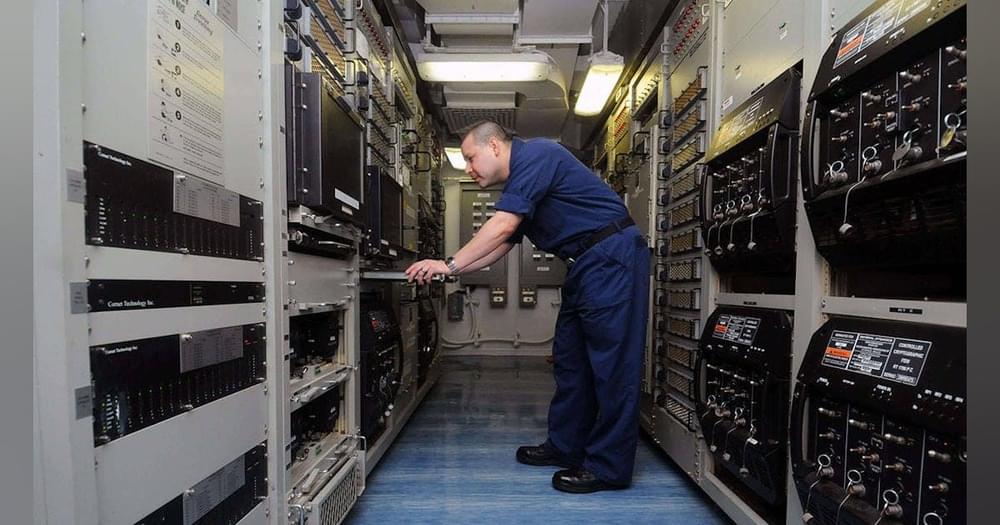
Related: SDR: a spectrum of possibilities
NAVWAR awarded the order on behalf of the Navy’s Program Executive Office for Command, Control, Communication, Computers, and Intelligence (PEO C4I) in San Diego.
The AN/USC-61© is a maritime software-defined radio (SDR) that has become standard for the U.S. military. The compact, multi-channel DMR provides several different waveforms and multi-level information security for voice and data communications.
Japanese officials on Monday announced the opening of a new government-run defense research institute this fall, as reported by the Kyodo News agency.
The agency, which will be tasked with developing innovative cyber war technologies, said the new project is directly modeled after DARPA, the US Defense Department’s research agency – responsible for some of the world’s most cutting-edge defense technologies.
Japan’s Ministry of Defense (MOD) said the Tokyo-based facility will officially launch in October with about 100 personnel – with about half coming from the private sector – using “novel approaches and methods” taken from DARPA initiatives.

The US military agency responsible for developing new technologies plans to embark on an effort to rewrite significant volumes of C code by funding a new research challenge to create an automated translator capable of converting old C code with function written in the security-focused Rust language.
The Defense Advanced Research Projects Agency (DARPA) will hold a workshop, known as Proposers Day, on Aug. 26 to outline its vision for the Translating All C to Rust (TRACTOR) project. The effort calls for academic and industry research groups to compete to create a system that can turn C code into idiomatic — that is, using native features — Rust code. The project’s ultimate goal is to provide tools so that any organization with large volumes of software written in C can convert that code to Rust and eliminate the memory-safety errors that account for a large source of software vulnerabilities.
Without an automated system, developers are unlikely to take on the task, says Dan Wallach, program manager in DARPA’s Information Innovation Office (I2O).